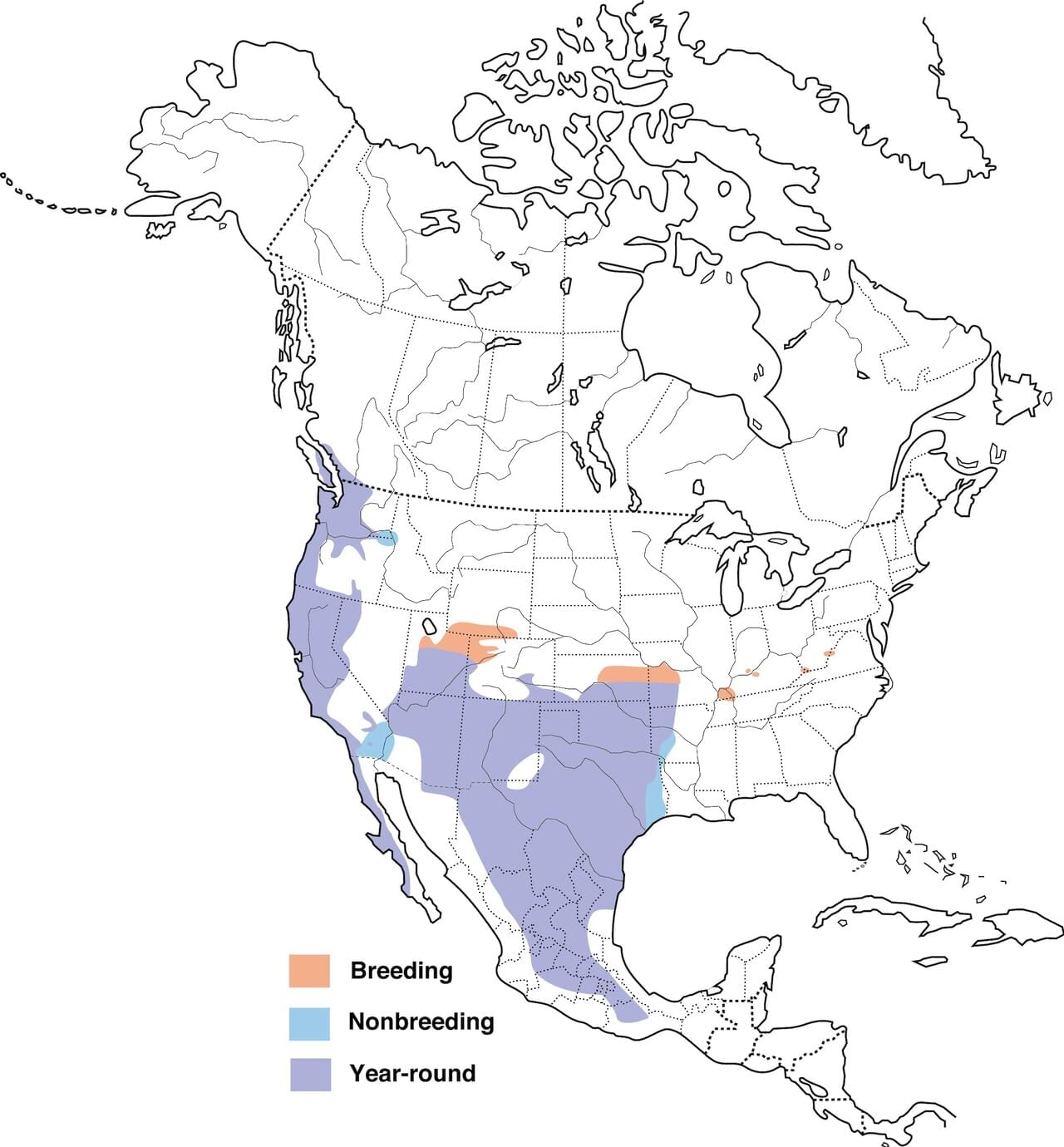Bewick’s Wren – Bird Art Print on Wood
$48.00 – $55.00
About the Bird Art:
- Archival pigment giclée print mounted on a cradled wood block and coated with a UV resistant protectant to prevent fading.
- Each block is signed, titled, and numbered on the back.
- Ready to hang from a sawtooth hanger attached to the back.
- Watermarks will not appear on print. Color may vary (based on your monitor settings).
- Available sizes: 4″x4″ | 6″x6″
See more below.
This listing is for a limited edition, fine art print of my original painting of a Bewick’s wren titled, “You Know I’ll Never Up and Run.”
This little wren has been a regular in my backyard for awhile now. I’m always happy to see them because I know they’re keeping the buggos at bay.
About the Bewick’s Wren
From AllAboutBirds.org
If you come across a noisy, hyperactive little bird with bold white eyebrows, flicking its long tail as it hops from branch to branch, you may have spotted a Bewick’s Wren. These master vocalists belt out a string of short whistles, warbles, burrs, and trills to attract mates and defend their territory, or scold visitors with raspy calls. Bewick’s Wrens are still fairly common in much of western North America, but they have virtually disappeared from the East.
- This species is named after British engraver Thomas Bewick—a friend of pioneering bird artist John James Audubon, who collected the first recognized specimen. After collecting a bird in 1821 in Louisiana, Audubon saw another and wrote, “I refrained from killing it, in order to observe its habits.… It moved along the bars of the fences, with its tail generally erect, looking from the bar on which it stood towards the one next above, and caught spiders and other insects, as it ran along from one panel of the fence to another in quick succession.”
- A young male Bewick’s Wren learns to sing from neighboring adult males while he is coming of age in his parents’ territory. The songs he develops differ from his father’s, with a note changed here, a syllable there. The melodious signature he acquires between the ages of about 30 and 60 days will be his for life.
- In his 1889 Ornithology of Illinois, Robert Ridgway attested that “No bird more deserves the protection of man than Bewick’s Wren. He does not need man’s encouragement, for he comes of his own accord and installs himself as a member of the community, wherever it suits his taste. He is found about the cowshed and barn along with the Pewee and Barn Swallow; he investigates the pig-sty; then explores the garden fence, and finally mounts to the roof and pours forth one of the sweetest songs that ever was heard.”
Range Map of the Bewick’s Wren

| Bird Art | 4" x 4", 6" x 6" |
|---|
You must be logged in to post a review.





Reviews
There are no reviews yet.